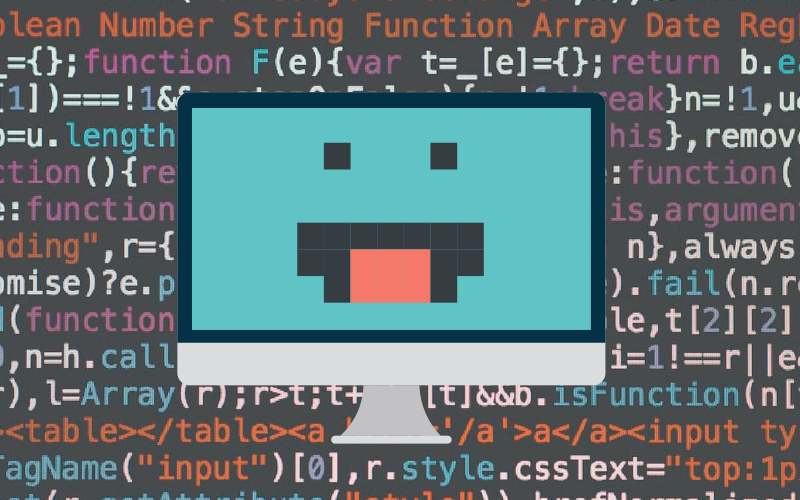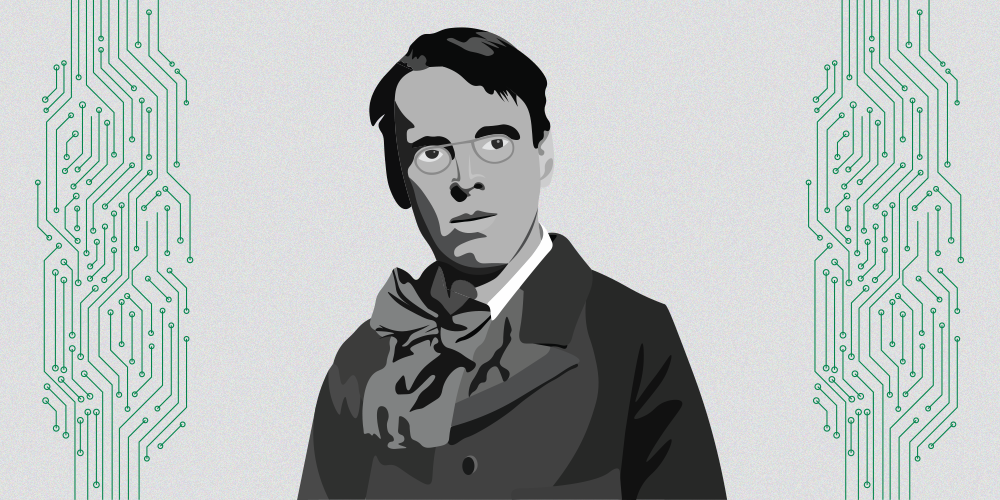Normal People’s Sally Rooney dismissed him. His beloved tower has been damaged from flooding and it is disintegrating from a lack of repairs. Three more contemporary Irishmen have won the Nobel Prize since he claimed his. His late-in-life eugenicist remarks about the benefits of a “rich” Irish heritage mar opinions of his verse, tarnishing his image as a poet, and a senator. His most potent poetic lines have been reduced to doom-scrolls on Twitter: “mere anarchy is loosed upon the world,” and “Things fall apart. The center cannot hold,” or that nightmare of a “rough beast slouching toward Bethlehem.” The darkest omens of his verse cast a pall on his image. However, before he’s put aside, what might Yeats offer the post-Tiger, virus-clenched Ireland? What does Yeats’ verse have to do with the gleaming, tech world of Dublin now? How does the fusty old poet who wrote about “the fascination with what’s difficult,” and his longing for love and a return to youth, have something to offer contemporary life?
First off, craft is powerful. The materiality of poetry, like computer code, emerges through symbols. Those symbols appear as letters and marks of language, ghost entries of a pencil or bits floating in blank space on a screen, and then they form something we can refer to, a kind of functional object. Whether you string together lines of code yourself, or whether you manage large projects that simulate strings of code all running into a giant processor, it’s the dexterity within that expertise that clicks it all together. The resulting technical innovation aspires to appear effortlessly constructed and slip into the virtual and physical machinery of the world, reaching a wide audience. Poetic craft doesn’t necessarily make strings of code that deliver your groceries or fire up your Instagram, but it does follow the process of fashioning symbols from the darkness, presenting them in a way that impacts readers from the inside out.
In his craft, Yeats used symbols, both in language and in archetypes. His contraptions strung lines of verse that coaxed music from speech and provoked insight and psychological connection. In “Adam’s Curse,” for example, Yeats’s speaker is in a conversation with a like-minded companion, discussing the challenges of artistic practice: “’A line will take us hours maybe; / Yet if it does not seem a moment’s thought, / Our stitching and unstitching has been naught.” That aspiration to sleek design obscures the difficulty behind its making, and a coder, too, might be caught in the “fascination of what’s difficult.” Once a bit of code becomes a whole program that does not betray the laborious challenge of its making, people are less likely to question its origins. Instead, they delight in the streamlined beauty of what it can do.
When craft is potent and designs are sleek, both poet and coder have to be careful of what they make. The process of stringing images and ideas together is seductive, and once you know that you can create a beautiful poem or line out a gleaming and efficient string of code, what might that habit of crafting lead to? I think of libertarian tech engineers, and there are plenty, who separate ideas into categories, making command paths through logic, feeling quite freed up to do so. Then, politics seem to follow: Do this, get that. Don’t do this, don’t get that. Clean and simple. In America, they’d call it the Rush Limbaugh effect, typically displayed in tenth-grade boys. Someone doesn’t work? The state shouldn’t give him money. If he doesn’t work, there are no entitlements. Oh, he’s disabled? Well, too bad. Oh, he’s a war veteran? Well, that war is over now. The model of creating logical pathways doesn’t allow for the nuance of humane responses. A coding system, after all, wants to be sealed up; it aspires to the elegance of a configuration without options.
Poets, too, can romp around in their own privilege, and sometimes sinister worldviews can surface. Yeats is a cautionary tale, and for that, too, he’s worth reading. The poems are seductive, encouraging revolution and independence. However, consider Yeats in later years, making beautiful verse as he sits in his chair by the fire, basking in the hothouse of his own ideas. Maybe the poems are about revolution and vision to imagine a new country, but later on, once the country is up and running, what other gates is he opening? Will he accept and encourage political manifestos to keep the Irish “pure”? Yeats, by writing poetry that people praised and adored, had all the amplification he needed to spout other beliefs off to the side of his poems.
Both coder and poet could ask: What am I making? What other things could I imagine to shape what I make, and what dangers are inherent in what I create?
Coders make programs and programs move on without us. Soon we’ll have drones pinching up boxes and buzzing to our porches.
With that technology, we can pinpoint where to tuck the bombs.
•
To read Yeats’s poems and prose is to see how the poet sourced his materials. Yeats created a supply chain of images, ideas, metaphors that would feed poems and they came from unlikely sources. His was not an aesthetics of scarcity. He had a method.
As a young man in London, Yeats found his way to the theosopher and occultist Madame Blavatsky. It seems fusty now, like a parlor game, to imagine the bard (before the Ouija board came into circulation) sitting in dark brocaded rooms, huddled over seances. Yeats wanted to connect with the mystical and he tried to shake loose ideas from little experiments in which he willed his mind to move objects or shift events. Blavatsky was partly a huckster who pushed gibberish onto the vulnerable young man, but she had enough intellectual heft to tempt Yeats into her systems-think. These events and his studies of theosophy, the occult and paranormal, infused his creative process and led to his treatise, A Vision, in which he transcribed his understanding of the Order of the Golden Dawn and other metaphysics.
The material in A Vision didn’t overtly influence Yeats’s verse. The impact slipped in sideways, opening the poems to recreations of myths, mystical pasts, and cyclical histories. Other creative inquiries led to raw ore for the poems.
One such source was jolted loose by his wife’s sleep-talking. On a trip to America in 1919, Georgie Yeats was asleep on a train when Yeats transcribed her speech. Over time, she acted as a Scheherazade who kept her husband’s attention by summoning disjointed images and riffs seemingly unfettered from her conscious mind. Those ideas of unconsciousness as a source for poems pushed Yeats into mining them. The “automatic writing” becomes a phenomenon that feels as arbitrary, and as potentially revealing, as a machine unspooling language.
Where does the source of code actually come from? I wonder.
In both technical innovations of computer code and poetry, language becomes a sleek veil that caresses its own images and commands. The process of making things out of strung-together commands, or from sounds and images, seduces because it draws upon a collective unconscious. Yeats tapped into a voice that he perceived led into the mystical world, a venue that he could access through symbols. The Yeatsean version of artificial intelligence is when a poem takes over and becomes something not made of parts, but a construct that has a life of its own, bringing readers to that underground river. His version of that world beneath our psyches is like the programmers’ momentum towards “technical singularity,” the point at which machine learning surpasses human learning and takes over.

•
Yeats wasn’t a confident man but he was a confident maker of verse. In life, when he summoned up bravado, it appeared cartoonish, out of scale (like proposing to the feminist icon and revolutionary hero Maud Gonne and, when she refused him, to her daughter, who also refused him). In writing about love denied, the poet is also writing about the loss of his youth. He craved consolation in the beauty of his art, but it always fell short.
Unrequited love saturates Yeats’s poems, and his pining for the woman he can’t have is as angsty as any we might find today. Yes, Yeats really knew how to write about anxiety. What could be more relevant in a world struck by a pandemic? And by workers who may not feel all that good about where their collective algorithms are headed?
Yeats’s anxiety, too, was tied up in the collective. In his case, it was entrenched in the vision of an Irish Republic, but it was also deeply personal. “Who can distinguish darkness from the soul?” asks the speaker in “A Dialogue of Self and Soul” and this is as good a description of depression as any present-day romantic could construct. Yeats’s speakers yearn for respites, as in “Reconciliation,” the poet when the poet hopes through intimacy: “But dear, cling close to me;” but then descends into despair: “since you were gone / My barren thoughts have chilled me to the bone.” The isolation returns. In “Never Give All the Heart,” the speaker moves to offering counsel in the face of desperation:
O never give the heart outright,
For they, for all smooth lips can say,
Have given their hearts up to the play.
And who could play it well enough
If deaf and dumb and blind with love?
He that made this knows all the cost,
For he gave all his heart and lost.
Yeats ends with a strange romanticism buried in the devastation. That tension is what gives the poem such stickiness, a sense that you want to keep reading it, as if to find the answer to lost love. When Yeats conjures anxiety, his is an elegance that a coder might respond to: the hush of symbols sliding into place, showcasing the perfection the poet craved in work but often missed in life.
It reminds me of how Sally Rooney’s Normal People centers on a young couple impaired by anxiety and depression. Hope for their relationship is burrowed inside an uncontainable sexual energy but, in the end, the pair is doomed by the paralysis of their psychological states. The novel is a realistic, 21st-century drawing-room portrayal of intimacy — a story in which the privileged young woman meets the boy from the far side of the village and brings him up to her level, and then he’s not up to living out her version of the relationship. Sounds like Yeats. He, too, was the slow-to-act man who sidled up to wealthy women nearby, and at the wrong times, exploded into inappropriate action. He, too, suffered from feeling inadequate. That humanity he conjures in the face of despair makes Yeats’s work relevant at this cultural moment.
Lastly, reading Yeats is a way of taking stock of Ireland as a place. It’s like finding a path through the hedgerow, a tunnel into seeing a national texture and vision. Not nostalgia for the early days of the republic, but as a reminder of that rolling dampness, the mist, the smells of bog and wet stone, and the emerging vision of a nation that could be its own. “The terrible beauty” of Ireland needs to be “changed, changed utterly” once again. This is exactly why Yeats might be perfect reading for all the software engineers and internet workers polishing their bots and widgets. What will be the new vision that carries Ireland through anxiety and lost hope? Reading Yeats is one model of that struggle. However much one might be tempted to mock his old-timey mysticism, his pathetic pursuit of the inaccessible woman, his foolish political whims, Yeats’s poems are like stethoscopes held up to the hum of a mysterious world. They keep reaching out and reaching out, aspiring to and then touching, all that we can’t see in history and love. •




